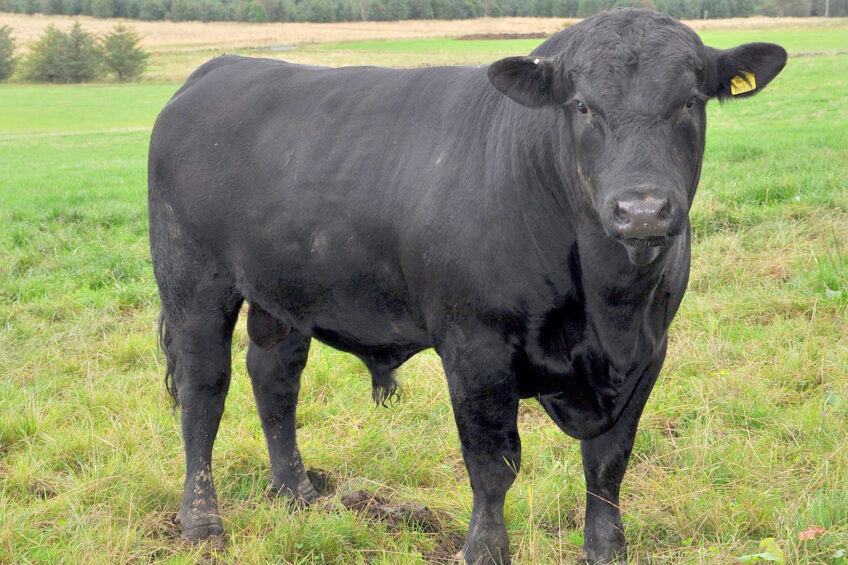Breeding ‘safer’ hornless Holstein cows

There are only a few cattle breeds in existence that have no horns naturally but now American scientists are developing the trait within Holstein cattle.
Horned animals provide a threat to other animals, farmers and dog walkers and only a handful of breeds such as Aberdeen Angus and Hereford have no horns. However, scientists in California have come up with a way to splice the ‘hornless’ gene from the Angus breed into the Holstein dairy breed in a move they say will make farming safer.
Animal geneticist Dr Alison Van Eenennaam, of the University of California, discovered it is possible to splice the ‘hornless’ gene from Aberdeen Angus cattle into the black-and-white Holstein dairy cows so that they are born without protrusions. Calves from dairy breeds and most other beef breeds normally have to be dehorned days after birth which can be quite a traumatic experience for them.
Breeding hornless cows would also make it easier to sort them into pens and trucks, potentially saving the industry millions of pounds a year. However, there is a glitch as effectively these cattle are classed as being genetically modified. Due to this fact, these newly bred cattle will not be arriving anytime soon as regulators have not agreed that genetically engineered animals can be allowed in the food chain.

The first calves, which were created using IVF techniques, are called Spotigy and Buri and the team at the University of California are hoping that their offspring will also be hornless even if they are bred with horned cows.
If successful, it will allow the industry to bypass decades of breeding hornless cows.
Dr Van Eenennaam said: “Gene-editing is a technology that can seamlessly combine the desired traits of two unrelated animals without crossbreeding, thus preserving the present day production from dairy cattle while eliminating horns with genetic methods.” For now, the experimental cows produced by the University of California cannot yet be used in farming. “It’s not yet clear what regulatory status food-animals produced with gene editing will have,” added Dr Van Eenennaam.
“The prospect that gene-edited animals would be subject to regulation as an animal drug, even though their genetic modifications might be indistinguishable from those obtained through conventional breeding, is a concern for animal breeders who see the potential to employ genome editing to complement traditional genetic improvement programs.”
The team of scientists at the University of California are also hoping to perfect a technique to genetically design cattle so that they only produce male offspring, which grow faster than females.
And, they hope to engineer cows which are less prone to pneumonia, which would reduce their need for antibiotics.
Join 13,000+ subscribers
Subscribe to our newsletter to stay updated about all the need-to-know content in the dairy sector, two times a week.










